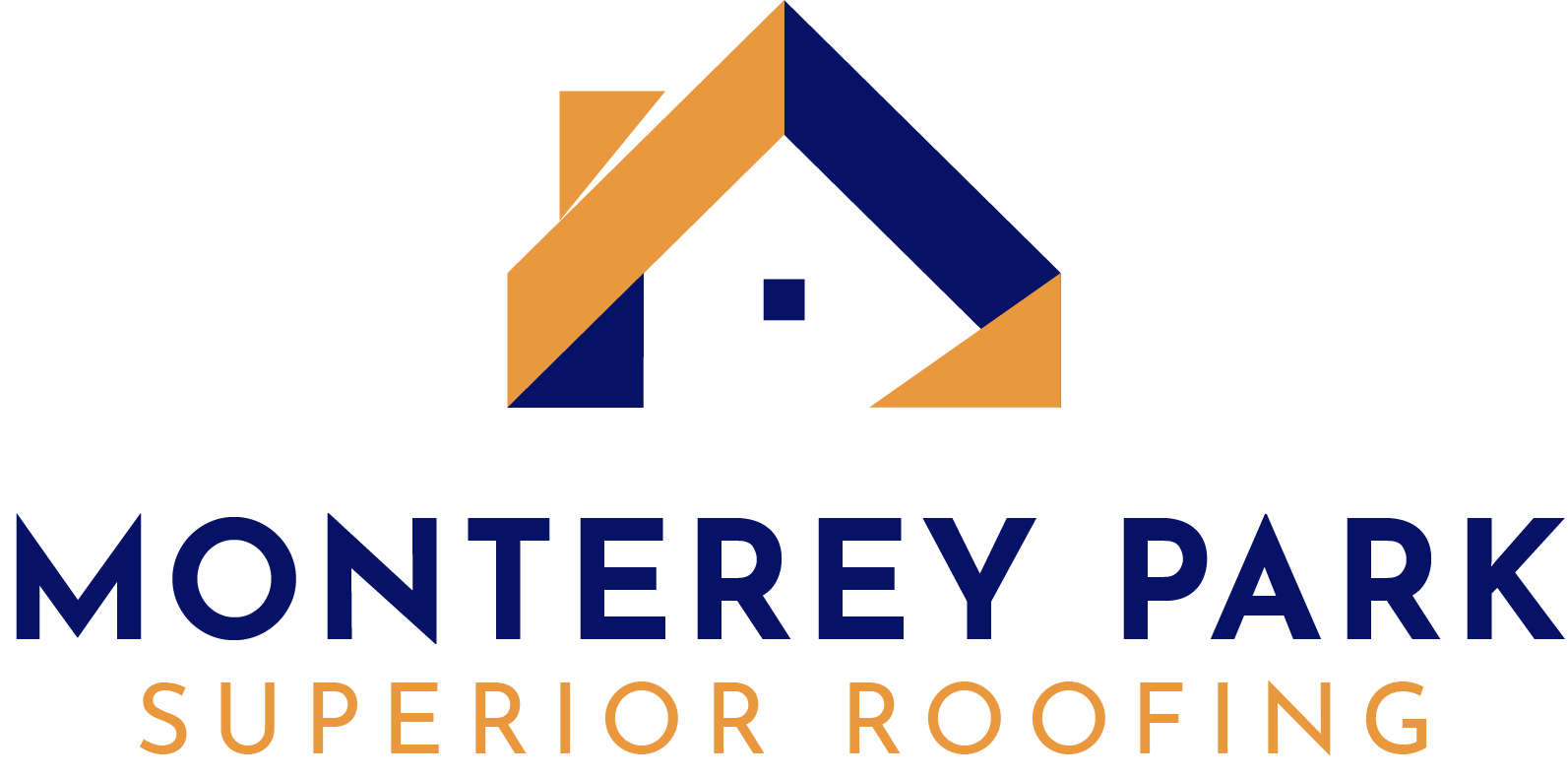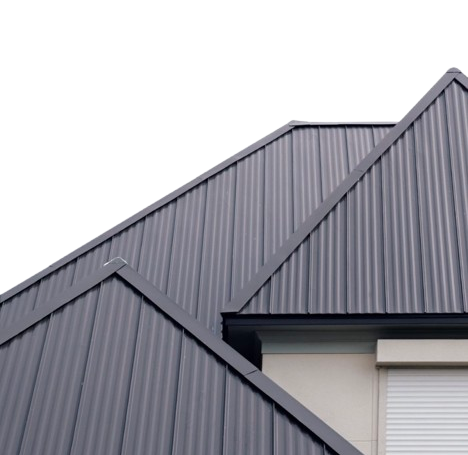Reflective Roofing Installation Services in Monterey Park, CA
Reflective roofing installation services from Monterey Park Superior Roofing are tailored for both commercial and residential properties. Located in Monterey Park, CA, we bring years of experience and trusted expertise using premium materials like TPO membranes, PVC roofing systems, white EPDM, cool roof shingles, and products from GAF Cool Series, Carlisle SynTec, Firestone UltraPly, and Versico. Our reflective roofing solutions include single-ply membrane installation, heat-welded seams, mechanically attached systems, fully adhered applications, reflective roof coatings, and Energy Star certified products designed to reflect solar radiation, lower thermal heat gain, and improve overall energy efficiency with reduced cooling load demands year-round.
We understand the unique roofing needs of businesses and homeowners alike, offering tailored options including white granule shingles, aluminum coating systems, cool color technology, and high SRI (Solar Reflectance Index) materials that meet Title 24 California energy code and LEED certification requirements. Our team uses high-quality materials with infrared reflective pigments and proven installation techniques like proper insulation layering, vapor barrier integration, flashing details, and seamless application methods to ensure durable, long-lasting results with minimal disruption. By choosing us for your reflective roofing needs, you invest in a service that improves indoor temperature control and HVAC efficiency inside your building or home while protecting it from UV degradation and premature aging.
Types of Reflective Roofing Solutions We Install
We offer a variety of reflective roofing systems designed to reduce heat absorption and improve energy efficiency. These solutions include specialized materials and coatings suited for different roof types and building needs, ensuring long-term performance and protection.
Cool Roof Installation and Materials
Our cool roof coating installations utilize materials engineered to reflect the sun's energy and emit absorbed heat efficiently. We focus on products with high solar reflectance and thermal emittance ratings. Common cool roof materials include energy-efficient shingles and tiles certified by industry standards.
These materials lower roof surface temperatures significantly, reducing cooling costs and extending roof life. Installation involves precise preparation to ensure durability and optimal reflectivity. Our cool roofs comply with California Title 24 requirements, supporting local energy-efficiency mandates.
Reflective Coatings and Sealants
Reflective coatings are applied as a layer over existing roofing to enhance solar reflectivity and UV protection. We use acrylic cool roof coatings and reflective elastomeric sealants, both known for flexibility and resistance to cracking.
These coatings form a consistent protective barrier that lowers surface temperatures and improves water resistance. They are cost-effective for extending roof lifespan and optimizing energy savings without major structural changes. Proper surface prep and even application are critical for long-term effectiveness.
Single-Ply Membranes and White TPO Roofing
Single-ply membranes like white TPO (Thermoplastic Olefin) and PVC systems are popular for flat or low-slope roofs. These materials offer high reflectivity with durable, heat-welded seams that prevent leaks.
White TPO roofs provide excellent solar reflectivity and resistance to chemical exposure, hail, and punctures. PVC membranes also offer strong reflectance combined with fire resistance. Both systems are ENERGY STAR qualified and reduce HVAC loads, making them ideal for commercial buildings.
Our Reflective Roofing Installation Process
Roof Inspection and Infrared Imaging
We begin by conducting a comprehensive roof inspection to assess the current condition of the surface. This includes identifying signs of wear, damage, or moisture intrusion that could compromise the installation.
Infrared imaging plays a key role in detecting hidden moisture and heat loss areas not visible to the naked eye. It allows us to pinpoint weak spots beneath the roof membrane that require repair before proceeding.
Our team documents all findings and communicates necessary repairs and improvements. This step ensures the reflective roofing system performs optimally and avoids unexpected failures.
Surface Preparation and Material Selection
Proper surface preparation is critical for adhesion and overall system longevity. We clear debris, repair any damage, and smooth the surface to create a stable base for installation.
We then assist in selecting roofing materials tailored to your building’s needs, such as TPO, PVC, or reflective coatings. Each option varies in lifespan, maintenance, and cost, so we provide detailed comparisons.
The materials we choose meet standards for durability and energy efficiency, contributing to reduced heat absorption and extended roof life in California’s climate.
Installation and Sealing Procedures
Our installation process focuses on precise application to ensure seamless coverage. We lay the reflective roofing materials carefully, securing them with appropriate fasteners or adhesives based on the product type.
Special attention is given to sealing all seams and edges using heat welding or high-quality sealants. This step creates waterproof joints that protect the roof from leaks and environmental damage.
After installation, we perform a detailed inspection to confirm structural integrity and proper drainage. We also provide guidance on maintenance to preserve the roof’s performance over time.
Compliance with Local Building Codes
We ensure every project adheres to Monterey Park and California state building codes, including energy efficiency requirements relevant to reflective roofing systems.
Our team stays updated on regulations regarding fire resistance, wind uplift, and material standards for commercial and residential buildings.
By integrating code compliance into our process, we avoid delays and ensure the roofing installation passes inspections on the first submission, safeguarding your investment.
Ongoing Maintenance Post-Reflective Roofing Installation
Maintaining a reflective roof properly maximizes its energy efficiency, extends lifespan, and improves comfort inside your building. Regular care ensures your investment delivers consistent savings and protection against environmental wear.
Energy Savings and Lower Cooling Costs
Reflective roofing reduces heat absorption by bouncing sunlight away, which lowers indoor temperatures. This decreases the demand on air conditioning systems, cutting energy consumption and utility bills.
Our installation targets materials that optimize sunlight reflection specifically for Monterey Park’s climate. Over time, this leads to noticeable cooling cost reductions without sacrificing performance.
Roof Maintenance and Inspections
Routine maintenance keeps reflective surfaces clean and free of debris, which is essential for preserving their reflective properties. We conduct thorough inspections to identify early signs of wear or damage.
Our process includes checking seams, coatings, and flashings to prevent leaks and deterioration. This proactive approach minimizes costly repairs and prolongs the roof’s functional life.
FAQs About Reflective Roofing Installation
How much does reflective roofing cost?
Reflective roofing costs typically range from $5 to $15 per square foot installed depending on material type. TPO single-ply membrane costs $5 to $10 per square foot, PVC roofing ranges from $7 to $12 per square foot, and white EPDM costs $6 to $11 per square foot. Metal reflective roofing costs $8 to $16 per square foot, while reflective coatings applied over existing roofs cost $1.50 to $4.50 per square foot. Factors affecting price include roof size, material selection, insulation upgrades, and existing roof removal if needed.
What is reflective roofing?
Reflective roofing is a roofing system designed with high solar reflectance and thermal emittance properties that reflects sunlight and heat away from the building rather than absorbing it. These systems use light-colored or specially coated materials including white TPO or PVC membranes, reflective metal panels, cool roof coatings, or light-colored tiles and shingles. Reflective roofing reduces roof surface temperatures by 50 to 80 degrees Fahrenheit compared to traditional dark roofs and meets California Title 24 energy efficiency standards.
What are the benefits of reflective roofing?
Reflective roofing reduces energy costs by lowering cooling demands by 10 to 30 percent through reflecting solar heat. It extends roof lifespan by reducing thermal stress and UV damage, decreases urban heat island effect, and improves indoor comfort. Reflective roofing reduces HVAC system strain and maintenance costs, may qualify for utility rebates and tax incentives, helps achieve LEED certification points, and complies with California Title 24 energy efficiency requirements while reducing carbon footprint.
How does reflective roofing reduce energy costs?
Describe the item or answer the question so that site visitors who are interested get more information. You can emphasize this text with bullets, italics or bold, and add links.Describe the item or answer the question so that site visitors who are interested get more information. You can emphasize this text with bullets, italics or bold, and add links.
What types of reflective roofing are available?
Several types of reflective roofing include TPO single-ply membranes with bright white surfaces offering excellent reflectivity and cost-effectiveness, PVC roofing providing superior reflectance and chemical resistance, and white EPDM rubber membranes for flat and low-slope roofs. Metal roofing with reflective coatings works for both flat and pitched roofs. Cool roof coatings including acrylic, silicone, and elastomeric formulations can be applied over existing roofs. Reflective asphalt shingles and light-colored concrete or clay tiles provide options for residential pitched roofs.

